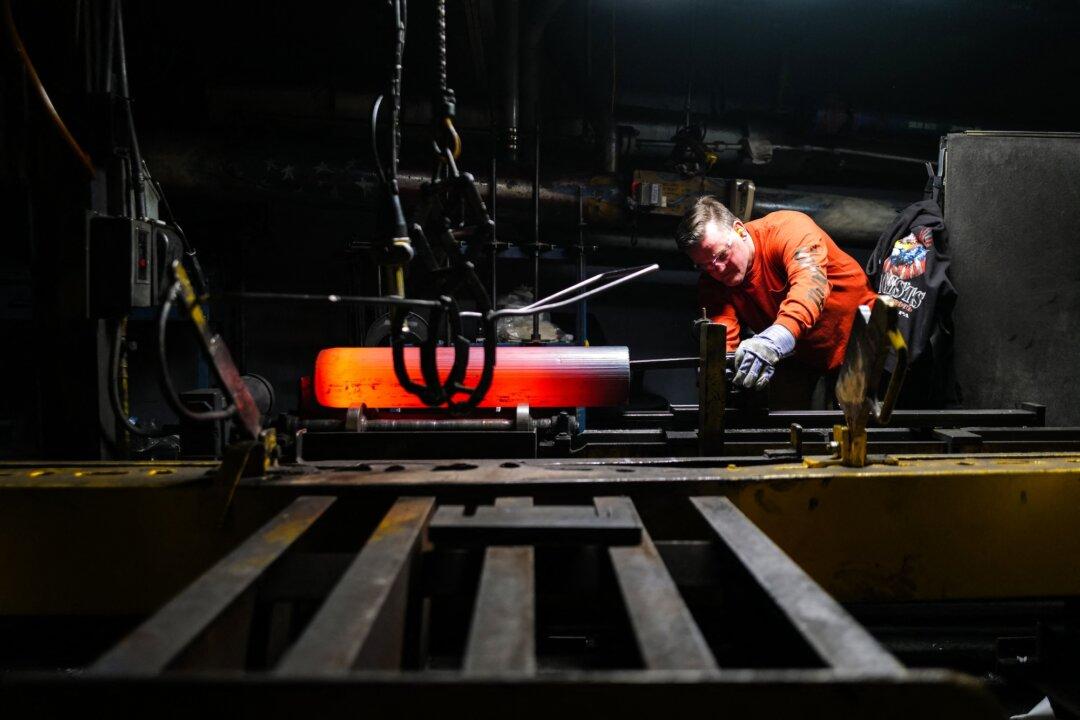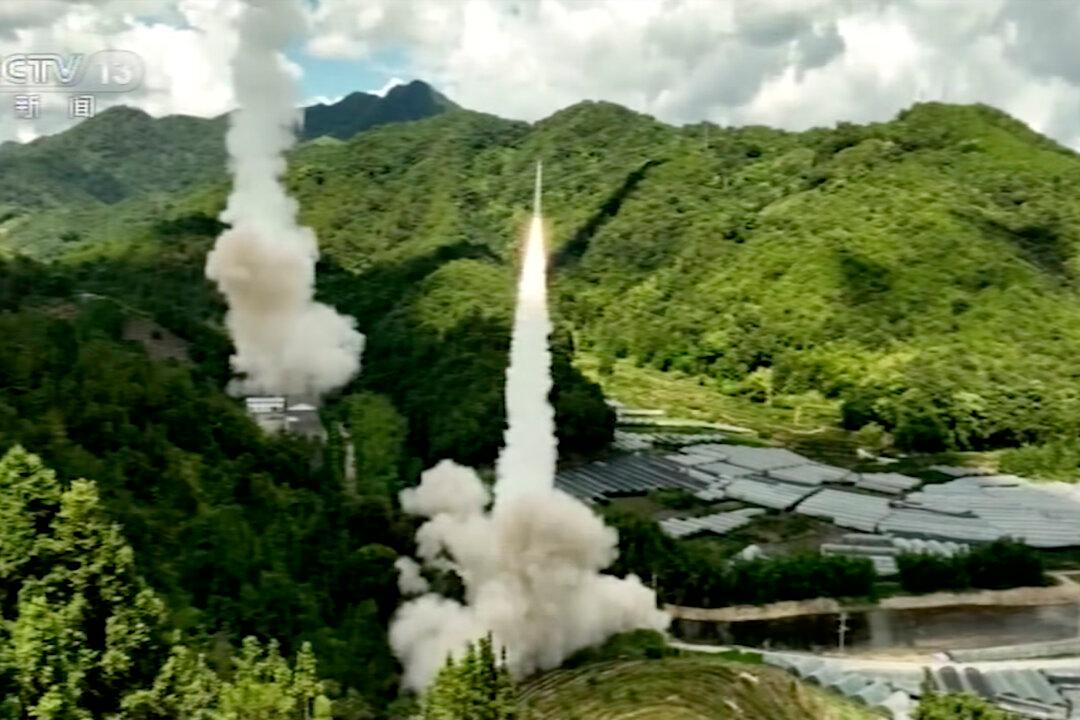As it did in 2010 and 2015, the United States should defy Chinese threats to impose economic sanctions against U.S. companies that make weapons sold to democratic Taiwan, as these arms sales help preserve a peace that is in the highest interest of Americans, Taiwanese and Chinese.
This time China’s fury is directed at the July 8, 2019 Trump Administration announcement of a $2.2 billion arms package for Taiwan, including 108 General Dynamics M1A2T Abrams main battle tanks and 250 Raytheon Stinger shoulder-launched anti-aircraft missiles.





